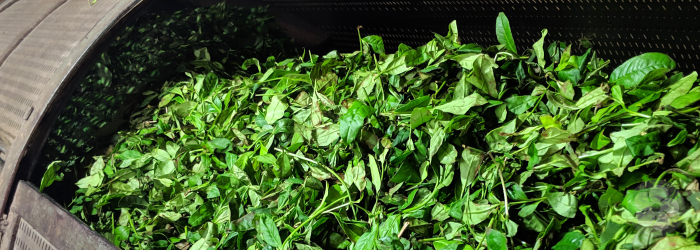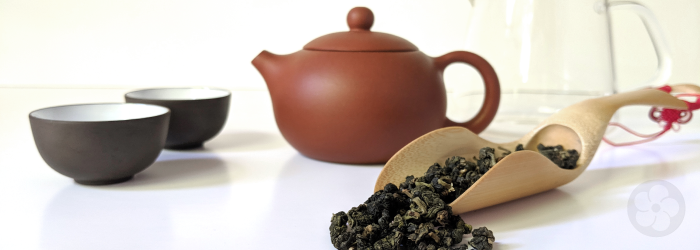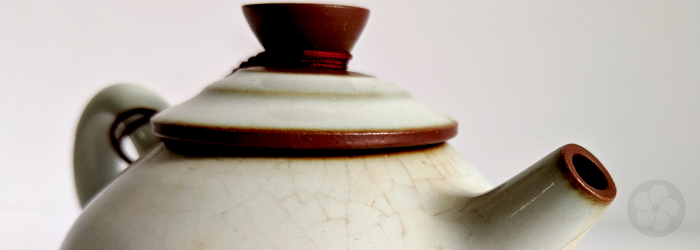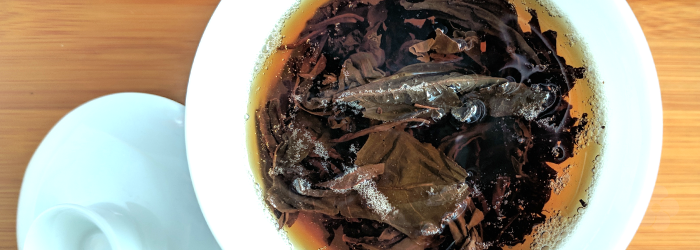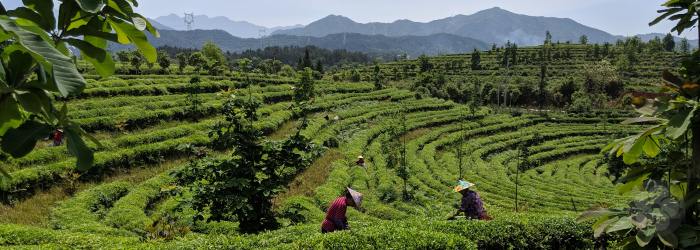Flavors of Pure Tea: Rich Textures
One of the most difficult aspects of flavor to put into words is texture, or mouth feel. Though it is theoretically simple to describe the way a tea feels in the mouth, direct comparisons to other foods are often tied up in flavor. It can be hard to pin down the definition of a word like ‘rich’ without conjuring specific tastes like those of cream or dark chocolate. Yet words like this are truly attempting to convey texture, rather than flavor. The creamy sweetness of milk might be present in a ‘Milk Oolong’, but the dominant flavor profile is usually more floral in character.
Continue reading


